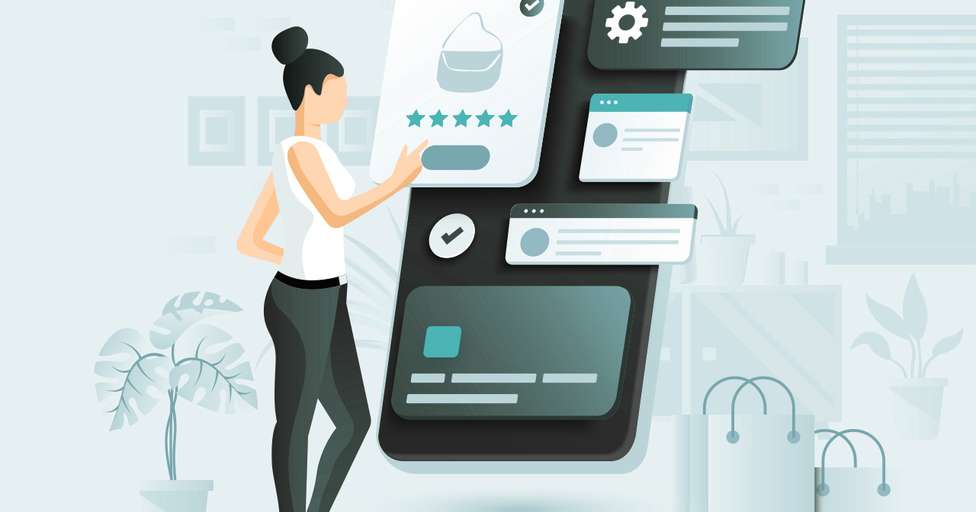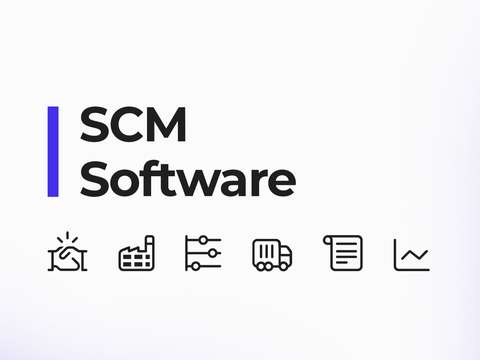Slowly but steadily, mobile commerce is becoming the new way to shop online. Long gone is the idea that eCommerce and online sales take place only on desktops. But what is m-Commerce?
What is m-Commerce?
M-Commerce (mobile commerce) is an eCommerce modality that uses wireless handheld devices like smartphones and tablets to conduct commercial transactions online (like online sales).
M-Commerce encompasses the customer’s journey as a whole and opens the door to a sea of possibilities and trading strategies.
The impact of m-Commerce is huge, specially, when you consider that everyone carries a mobile phone with internet connection 24/7. With all the implications that this brings with it: the possibility to sell everywhere, all the time.
However, not all businesses manage to find the right m-Commerce strategy. The reason is simple. Many simply settle for other sales channels and devices, missing on the opportunity because of a lack of knowledge or plan. But what are exactly the advantages of being part of the m-Commerce trend?
Advantages of m-Commerce
Having a business that is m-Commerce-friendly means:
- More market coverage and selling opportunities
- Better customer experience due to a responsive design
- Increased conversion rate on mobile devices
- Lower cart abandonment rate (fewer resources put into bringing customers back)

How to implement m-Commerce trends in your online store
With these 6 actions you'll be able to part of the m-Commerce trend, taking your online store to the next level with some simple steps.
1. Analyze your starting situation
The golden rule for any business is to assess the feasibility of the project. We have already stated that mobile commerce is booming. However, this doesn’t mean that it’s recommended for every business. For instance, in the case of B2Bs, sales tend to happen through a desktop device.
Luckily, you can use a tool like Google Analytics to see exactly where your buyers are coming from and use percentages to come to a clarifying conclusion.
2. Design a specific navigation flow for m-Commerce
If you want to attract potential customers through a mobile device and convert them into repeat customers, you’ll need an intuitive and accessible design. This is what is normally referred to as responsive design.
Keep in mind that the use of mobile phones tends to be combined with other activities. More distractions mean fewer chances to close the deal. To avoid this, consider following these tips:
- Create buttons, CTAs, descriptions, and logos to catch the user's attention
- Include search bars, navigation menus, and special catalogs to find products faster
- Avoid using too many pop-ups as they can scare customers
- Prioritize image over text to spark emotions in the customer
- Optimize the loading speed of your website through image-sizing reduction to rank higher in the SERP
- Enable automatic logins to speed up the sales process
3. Prioritize paid advertising on social media
Depending on the habits of your customers, consider creating promoted content on your social media platforms. Generally speaking, it can be easier to reach your potential and existing customers through these platforms than through organic searches.
However, if you find that social media isn’t a powerful tool for your online store, simply sticking with Google Ads will do the job. The important thing here is to analyze what can or can’t work for you and monitor the results.
In this way, you’ll be able to target your campaigns more effectively and increase the conversion rate.
Take into account the differences between each social media platform and, if your customers don't use social networks, find out other platforms where they spend their time on. Use these other platforms as an opportunity for communication and marketing by placing relevant ads that target your audience.
4. Mobile commerce-friendly customer service
Any doubt that your customer or potential customer may have should be addressed and answered ideally through the same channel. This means that if they are using a mobile device, they should be able to contact you and enable a communication channel compatible with that same device.
This is the case with mobile responsive chat tools and you should use them to your advantage! Thanks to these, users can contact customer service with their phones and receive automatic responses to receive an answer for a frequently asked question, effectively reducing the workload in the customer service department.
5. Enable quick payment at checkout
Cart abandonment rate is usually higher in smartphones. This is one of the biggest challenges you’ll face.
To alleviate this situation, simplify the purchasing process and enable the appropriate payment options, like one-click payments and automatic login features.
This is possible through the automated completion of billing information. In this way, customers won’t need to enter this information manually every time they make a purchase, a simple task that becomes more difficult on mobile devices since the keyboard and screen are smaller.
Optimized checkout is always a great idea, whether we talk about m-Commerce or eCommerce in general. Having the payment information stored and ready to be used will dramatically increase the sales volume and promote customer loyalty and retention.
6. Reinvent post-checkout processes for mobile commerce
How you treat your customer after the sale will determine whether they come back to you or check out your competitors in the future.
This means that all post-checkout activities should revolve around the customer, regardless of if we talk about mobile commerce, quick commerce or eCommerce.
For example, if you want to provide a quality tracking service, avoid the generic portals of couriers and create your own custom-made and buyer-oriented tracking page that is mobile responsive and fully branded.
When a customer makes online purchases through the phone, chances are they also use a mobile device to check the status and location of the order.
Start using Outvio to streamline your post-checkout operations and brand the customer journey for the buyers with your own tracking page, returns portal and branded emails.
What’s the difference between mCommerce and eCommerce?
The difference between e-Commerce and m-Commerce lies in the medium through which an online sale is made. Sales that come through m-Commerce are purely and solely made through a mobile device like a tablet or smartphone, whereas e-Commerce sales are made online, regardless of the device.
Conclusions
The way customers shop changes every day. Automate dozens of tasks and prepare your online store to create the most successful m-Commerce strategy.
After knowing what is m-Commerce, the benefits it brings to your online store and our tips to adapt your strategy to mobile devices and the purchases that happen, from start to finish, through that medium, it will be easier to boost your mobile sales.




